The Tribes in Uganda
The Tribes in Uganda : Uganda is generally known for having many tribes with various languages. Uganda has 56 languages both the indigenous and those who migrated into the country. Therefore, Uganda lies in the eastern and west of the rift valley of east Africa and boarded by Kenya, Rwanda, Tanzania and the democratic republic of Congo
The earliest people in Uganda are known to be the stone age people in the first millennium AD and were replaced by migrants who were both agriculturalists and pastoralists. During the British colonial rule, they were over 50 ethnic and cultural groups that were found in Uganda. The ethnic groups were categorized into 4 groups namely the bantu, Nilotic’s, nilo Hamites and Hamites.
The Batwa were known to be the earliest group to come to Uganda and contributed 50% of Uganda’s population. The bantu people include Baganda, basoga, banyankole, bafumbira, bakonjo, bagisu, batooro, bakiga, basamya, banyole, among others and are majorly found in central and western part of Uganda in districts like Mbarara, mbale, Kampala, fort portal, masaka, kabale, Kisoro, iganga, busia, kasese among others.
Secondly are the Nilotic’s who migrated to the north of Uganda and are known as Luo ethnic group. These include tribes like Acholi, Jopadhola, alur and Langi. The Jopadhola occupied the eastern part, the Acholi moved to the north and langi in the west Nile who are believed to have come from Sudan, The Tribes in Uganda
Thirdly the nilohamites are found in the north eastern Uganda. These are the itesots, Karam, Karamojong’s, Kakwa, Sebei, tepeth, labwor,pokot among others and these are known to have come from Ethiopian highlands
Therefore, in Uganda English is the official language due to the British rule. Swahili and Luganda are mostly spoken in many places in Uganda and other foreign languages that are even taught in schools. Languages such as French, Arabic, German and Asian language.
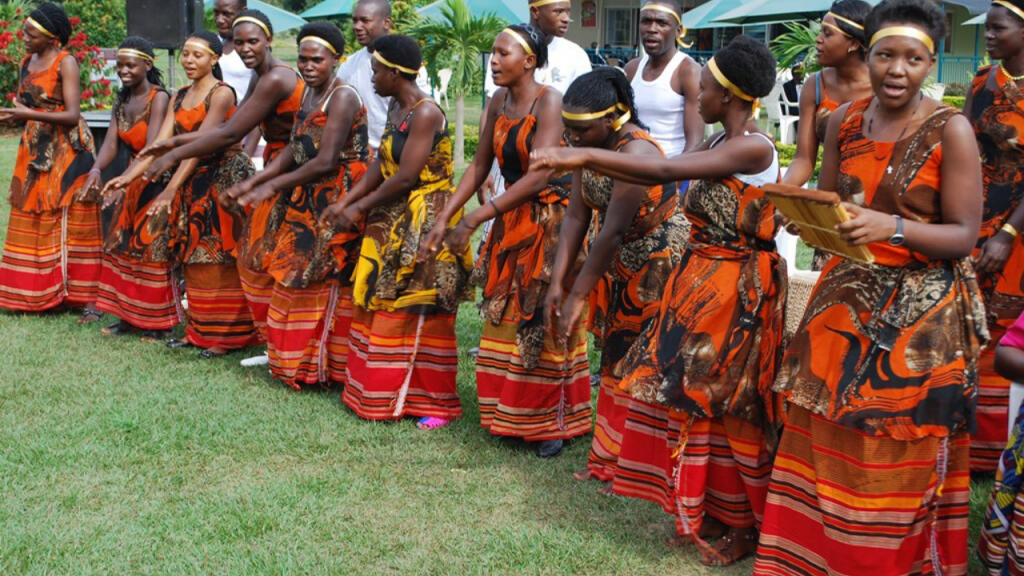
The Tribes in Uganda
The56tribesinUgandaincludetheacholi,langi,itesots,pokoth,bakiga,basamia,bahima,bagwere,,basoga,baganda,banyankole,bagisu,sabiny,batooro,banyoro,karamojongs,bafumbira,babwisi,bakonzo,batwa,ik,batuku,kakwa,dodoth,jonam,bagungu,bahehe,banyole,nubi,,japadhola,kuku,baruli,baamba,bakwe,ethur,bakenyi,batagwenda,banyabindi,madi,lugbara,bachope,vonoma,bahororo,kebu,bagwe,mening,bakukusa,lendu,nyangia,bahehe,kumam,napore,jie,pokoth.
The above tribes make Uganda an interesting country to tour because every tribe has its own and unique characters such as cultural tradition, economic activity, norms, way of dressing, traditional marriage, food, cultural practices among others
TRADITIONAL MARRIAGE
A traditional marriage is required from a girl’s family before she starts a family with the partner and this is treasured among many tribes in Uganda. This happens when a man comes to the girl’s family and pays bride price which acts as a way of appreciation and respect to the girl’s family. There in tribes like the banyankole, Karamojong’s, batooro, Acholi among others. men usually take cattle for bride price, The Tribes in Uganda
DRESSCODE
In many tribes a gomesi was taken to be there cultural dress code and it was given much respect by everyone and the men dressed up kanzus. But today people only dress them up for functions such as giveaways, introductions among others and to the western part the banyankole, batooro and banyoro dress up in mushanana and busuti during their marriage functions.
FAMILY AND GENDER STATUS
In all tribes in Uganda men are taken to be the heads of the family and decision making was done with no influence of the women
Men were taken to be the providers of the family as women were responsible for taking care of the family. Men provided food, school fees, shelter for their families. Traditionally men were superior to women thus women were not allowed to attend meetings, to eat chicken among others, The Tribes in Uganda
CULTURAL AND TRADITIONAL PRACTICES
In Uganda every tribe has its unique cultural practice that makes it outstanding from the other. For example, the bagisu practice the imbalu dance where they circumcise the young boys as a way of initiating them to adult hood same to the Sabin culture were women are circumcised but this has been generally discouraged by ministry of gender in Uganda
FOOD
Different tribes have what they call a staple food and thus different tribes are identified according to the foods. According to the baganda matooke is attached to them banyankole have millet, basoga -sweet potatoes, bagisu-malewa, itesots, Acholi, Langi, Karamojong-millet among others.

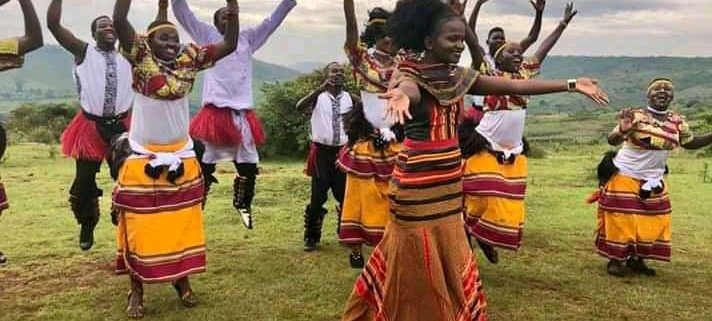
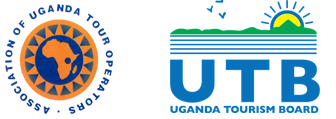

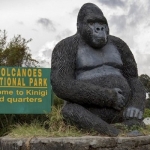
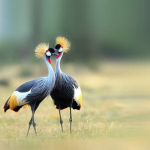

Leave a Reply
Want to join the discussion?Feel free to contribute!